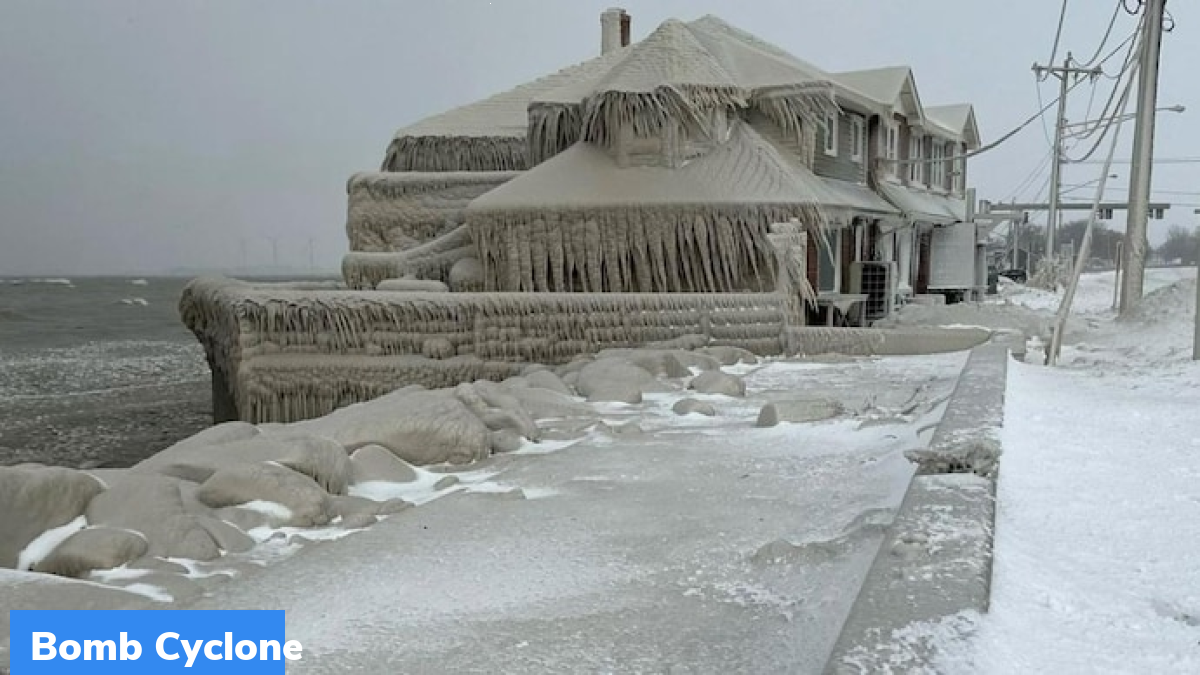Bomb Cyclone – Update (December, 2022)
An unprecedented bomb cyclone has hit the US and Canada, affecting over millions of people in the region.
What is a bomb cyclone?
- Bomb cyclone is an extra-tropical weather phenomenon that develops by a process called bombogenesis.
- It is a pressure system that develops upon contact between a warm air mass or a low pressure air mass and a cold air mass or a high pressure air mass.
- A low pressure system is said to be a bomb cyclone if its pressure drops by 24 millibars within 24 hours.
- The pressure gradient between the two air masses causes the winds to intensify. The Earth’s rotation causes the winds to blow in a cyclonic manner. For instance, in the Northern Hemisphere, the winds blow in a counter-clockwise direction due to the Coriolis effect i.e. deflection caused by the planet’s rotation.
- Such bomb cyclones lead to heavy snowfall and blizzards. They tend to significantly disrupt every-day life.
- Given the climate change, bomb cyclones are expected to become more common in the future. The Arctic region is warming at a faster rate than the rest of the world, resulting in a weakening of the polar jet stream. This means that the Polar Vortex would undulate more than usual, enabling favourable conditions for bombogenesis.
Storm Elliot
The recent Storm Elliott is an example of bomb cyclone. Elliott developed as a low pressure system near North America’s Rocky Mountains on 21st December this year.
The bombogenesis was fuelled by the contact between the warm air mass from the Great Lakes region and the cold air mass from the Arctic region, at the Arctic Front. This contact was enabled by an undulation of the Polar Vortex, which brought the Arctic air further down south, into the North American region.
At the Arctic Front, the air masses tend to move in a northward and eastward direction. Within 24 hours it intensified into a bomb cyclone and wreaked havoc over a 3,000 km stretch in North America, covering Canada, USA and Mexico.
Month: Current Affairs - December, 2022
Category: Environment Current Affairs • International / World Current Affairs


